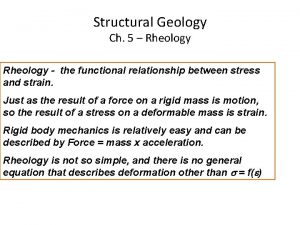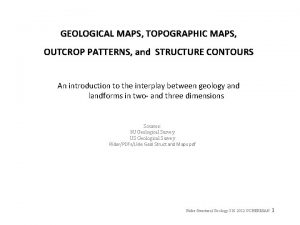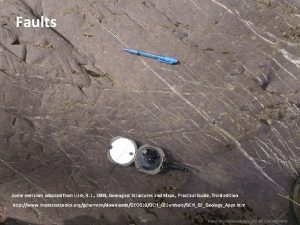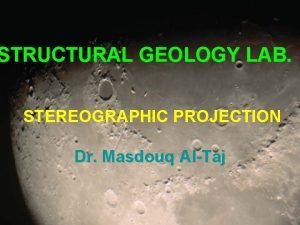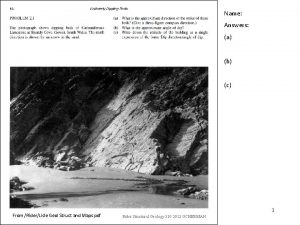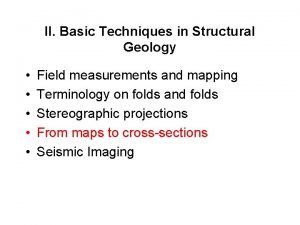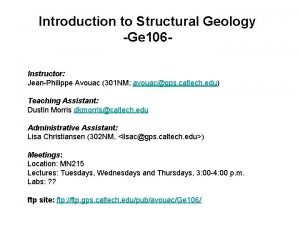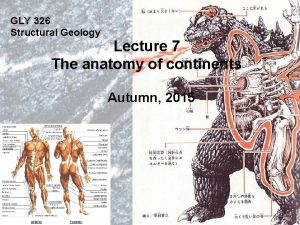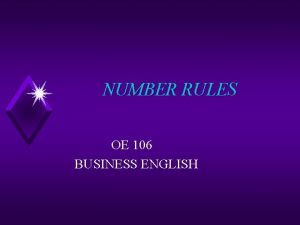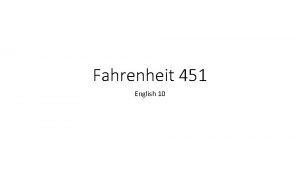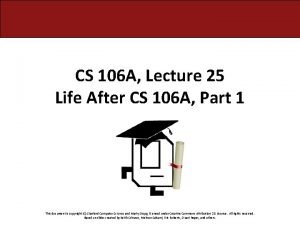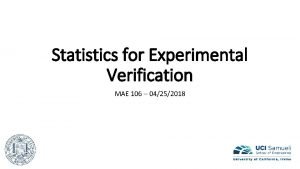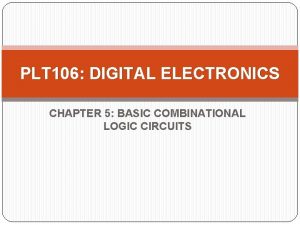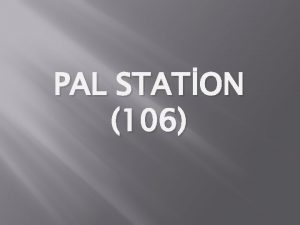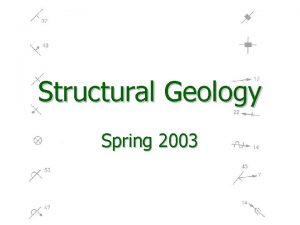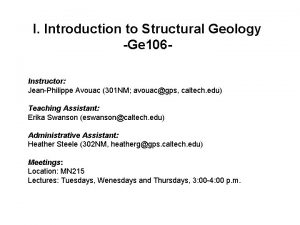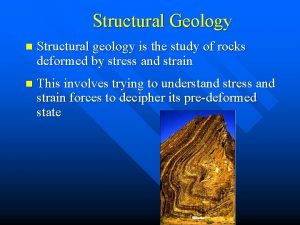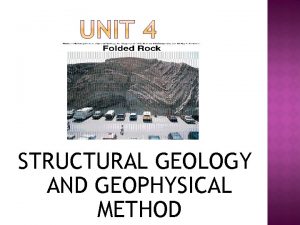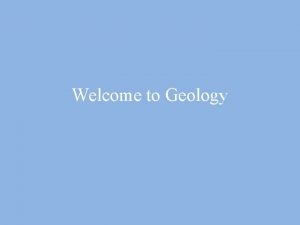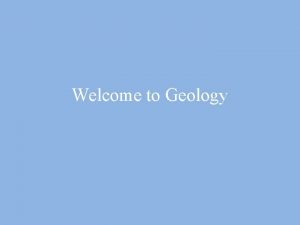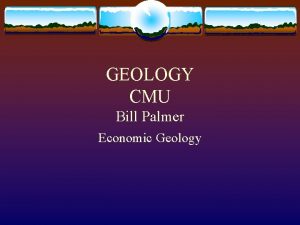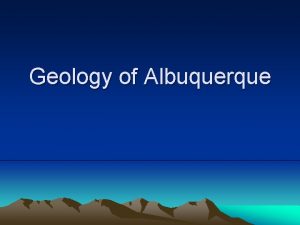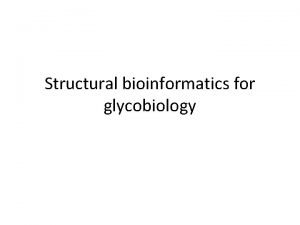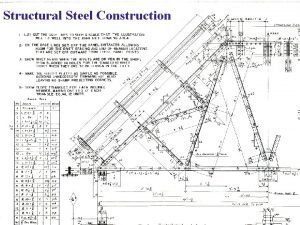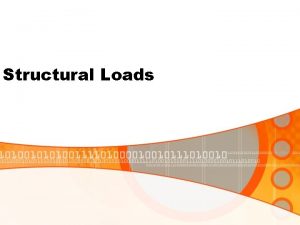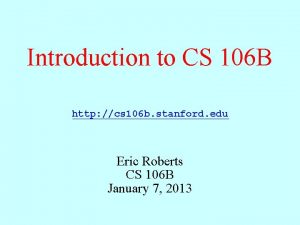I Introduction to Structural Geology Ge 106 Instructor















- Slides: 15

I. Introduction to Structural Geology -Ge 106 Instructor: Jean-Philippe Avouac (301 NM; avouac@gps. caltech. edu) Teaching Assistant: leah Sabbeth lsabbeth@caltech. edu Administrative Assistant: Lisa Christiansen (302 NM, <lisac@gps. caltech. edu>) Meetings: Location: MN 215 Lectures: Tuesdays, Wednesdays and Thursdays, 3: 00 -4: 00 p. m. ftp site: ftp: //ftp. gps. caltech. edu/pub/avouac/Ge 106/

Jean-Claude Ringenbach


I. Introduction to Structural Geology -Ge 106 Synopsis: - This course is an introduction to the fundamentals of structural geology. It is designed mainly for students with Ge 1 background an elementary background in mathematics and physics at the sophomore level. - The components of the course include lectures, problem sets, a couple of labs, and a final exam. - Each student will have to make a presentation during the last week of instruction. Grading: • Problem Sets • Participation to class and labs • Final Exam 40% 30%

Textbooks http: //bookstore. mbsdirect. net/caltech. htm

• Fossen’s online modules: http: //folk. uib. no/nglhe/Structural. Geo. Book. html • Visible Geology: • http: //app. visiblegeology. com/features. html

Sources used in Class Material The material in the ppt presentions includes material • which I have put together myself • kindly provided by some colleagues (John Suppe in particular) • downloaded from the ‘web’; • extracted from publications. Caveats: I have done my best to credit appropriately sources from the web and literature (my apologies to the authors for possible errors or omissions)

Purpose of Structural Geology provides techniques to interpret geological and geophysical data in 3 D and 4 D (‘what is the current geometry and how did we get there? ) Data types: – Surface geology (intersection of 3 -D bodies with the topographic surface) – Subsurface data: seismic, well logs, gravity, resistivity profiles – Microscopic observations…

Purpose of Structural Geology • A descriptive, but quantitative, discipline. • Output: – Geometric model – Kinematic model – Identification of deformation mechanism • Structural geology concerns all scales. • Some amount of structural geology is necessary in nearly all areas of geology. • ‘Structural Geology’ and ‘Tectonics’ are intimately linked, actually nearly synomims.

Purpose of Structural Geology • In some instances, determining the geometry of rock structures is an end in itself. For example for geological resources exploration (oil and gas, coal, ore deposits, …) or engineering (tunnel, dams). • In tectonic studies the objective is generally a kinematic model that is intended to provide insight into the deformation history, the mechanisms governing deformation and the driving forces. • Often the purpose is a geometric or kinematic framework to help interpret non-structural data (this is the case in most academic studies in geology).

(Robinson, Geosphere, 2008)




Large tangential motion can occur within continents as has long been inferred by geologist. ‘Thrust tectonics’ is not a new concept! Emile Argand's classic view of Alpine evolution seen in stages in cross-section (oldest at the bottom, youngest at the top). Originally published in 1916.
 Structural geology
Structural geology Uniformly dipping beds
Uniformly dipping beds Structural geology
Structural geology Stereographic projection structural geology
Stereographic projection structural geology Structural geology
Structural geology Structural geology
Structural geology Structural geology
Structural geology Structural geology
Structural geology Introduction to geology ppt
Introduction to geology ppt 106 spelled out
106 spelled out Fahrenheit 451 pages 89-106 summary
Fahrenheit 451 pages 89-106 summary Keith schwarz stanford
Keith schwarz stanford Irig chapter 10
Irig chapter 10 Mae 106 uci
Mae 106 uci Plt 106
Plt 106 106 pal
106 pal
